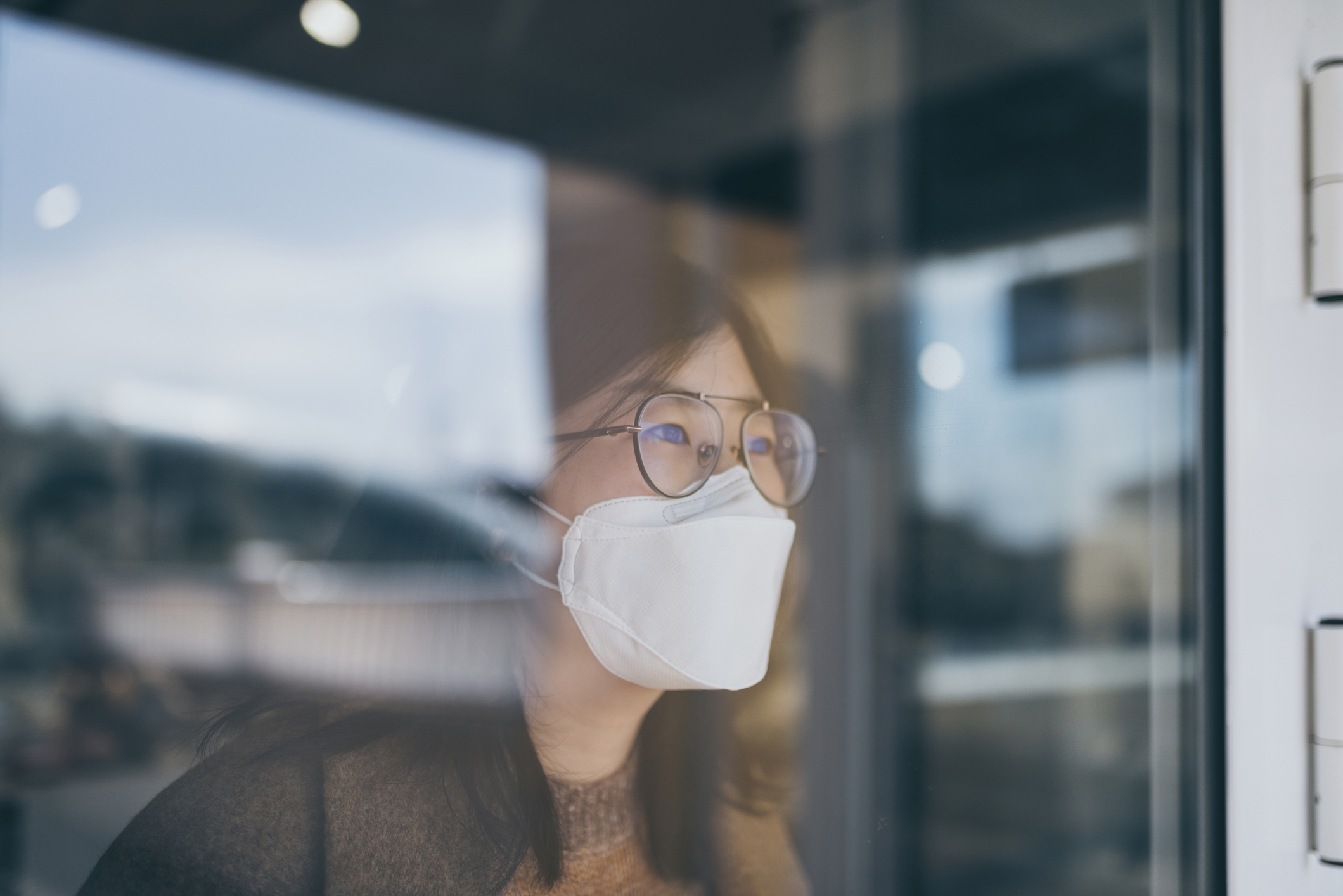
At this point, life in the U.S. has largely returned to pre-pandemic normal. The COVID-19 public health emergency is over, mask mandates are mostly gone, and offices and schools are open again.
But one hallmark of the pandemic remains in place: The U.S. Centers for Disease Control and Prevention (CDC) still directs anyone who tests positive for COVID-19 to isolate themselves from other people for at least five full days. Once those five days are up, the CDC recommends wearing a high-quality mask, such as an N95 or KN95, around other people when indoors for an additional five days.
It’s good to be up-to-date on that guidance at a time when many people are testing positive for COVID-19—and when the winter respiratory disease season is just around the corner. Here’s what you need to know about COVID-19 isolation in 2023.
More From TIME
What exactly does it mean to isolate?
Under the CDC’s guidance, anyone with COVID-19 should stay away from other people—including others in their household—for five full days, or longer if they were seriously ill or symptoms haven’t improved after five days. The first day of isolation is defined as either the day after symptoms start, or the day after a positive test result if someone is asymptomatic.
During their five days of isolation, the person who is sick should stay home from school or work and avoid other public places. If they live with others, they should keep away from them as much as possible, including by using a separate bathroom if one is available and not sharing household items such as cups and towels, the CDC says. If total isolation isn’t possible, the CDC recommends that the person with COVID-19 wear a mask whenever they have to be around other people, inside or outside of the home.
Anyone with COVID-19 should also continue masking when around other people indoors for an additional five days after their isolation period ends, as some people remain contagious longer than five days. If someone tests negative on two separate at-home tests taken 48 hours apart, however, the CDC considers them safe to be around other people without a mask, even if it hasn't been a full 10 days.
How do COVID-19 isolation guidelines compare to those for other diseases?
The CDC’s guidance for people who have the flu—perhaps the closest parallel to its COVID-19 recommendations—is similar but a bit more relaxed. The agency recommends that people with the flu stay home for four to five days, or until their fever has been gone for at least 24 hours.
Does science still support COVID-19 isolation?
“People being aware that they can help stop the spread of infectious disease is still useful and important,” says Alyssa Bilinski, an assistant professor of health policy at the Brown University School of Public Health. Urging people to stay away from others while sick, or to at least wear a mask if they have to be around people, is a good way to do that, she says.
Katelyn Jetelina, an epidemiologist who often interprets COVID-19 research in her newsletter, says that, if anything, five days of isolation isn’t long enough to stop people from spreading the virus. “COVID is not the flu,” she says. “We remain far more contagious for longer with COVID.”
Indeed, one study from 2022 found that, in a small group of people who caught COVID-19 in either 2020 or 2021 and were tested multiple times during their illnesses, two-thirds were still infectious five days after symptoms began. Meanwhile, a 2023 modeling study estimated that each 100 people who isolate for five days and then return to normal life cause 23 secondary infections—a number that the authors estimated would go down to only three if people self-tested after six days, leaving isolation if they tested negative or continuing to stay home if they tested positive.
If stopping infections were the only consideration, Jetelina says she’d recommend people isolate themselves for 10 days. The challenge, she says, is that public-health policies have to take into consideration what’s realistic and manageable for the general population—and with limitations around sick leave and affordable child care, many people can’t afford to pause their lives for 10 days.
As Bilinski sees it, anyone with access to at-home tests should put more stock in their test results than in the number of days they’ve stayed home. Studies suggest that antigen test results are a good indicator of contagiousness, with a positive test meaning someone could still transmit the virus and a negative test meaning they likely won’t.
Just be sure to take more than one test if you can, Jetelina says. Most manufacturers recommend taking a second test one to two days after a negative result to confirm it's not a fluke that could put others at risk.
How long will COVID-19 isolation policies last?
A CDC representative declined to comment on the agency’s plans for keeping COVID-19 isolation guidelines in place. But Jetelina predicts they aren’t going anywhere, at least for the upcoming illness season. “How [respiratory-disease season] unfolds this winter,” she says, “will have implications on how we start managing this disease, if any differently.”
More Must-Reads from TIME
- Cybersecurity Experts Are Sounding the Alarm on DOGE
- Meet the 2025 Women of the Year
- The Harsh Truth About Disability Inclusion
- Why Do More Young Adults Have Cancer?
- Colman Domingo Leads With Radical Love
- How to Get Better at Doing Things Alone
- Michelle Zauner Stares Down the Darkness
Write to Jamie Ducharme at jamie.ducharme@time.com